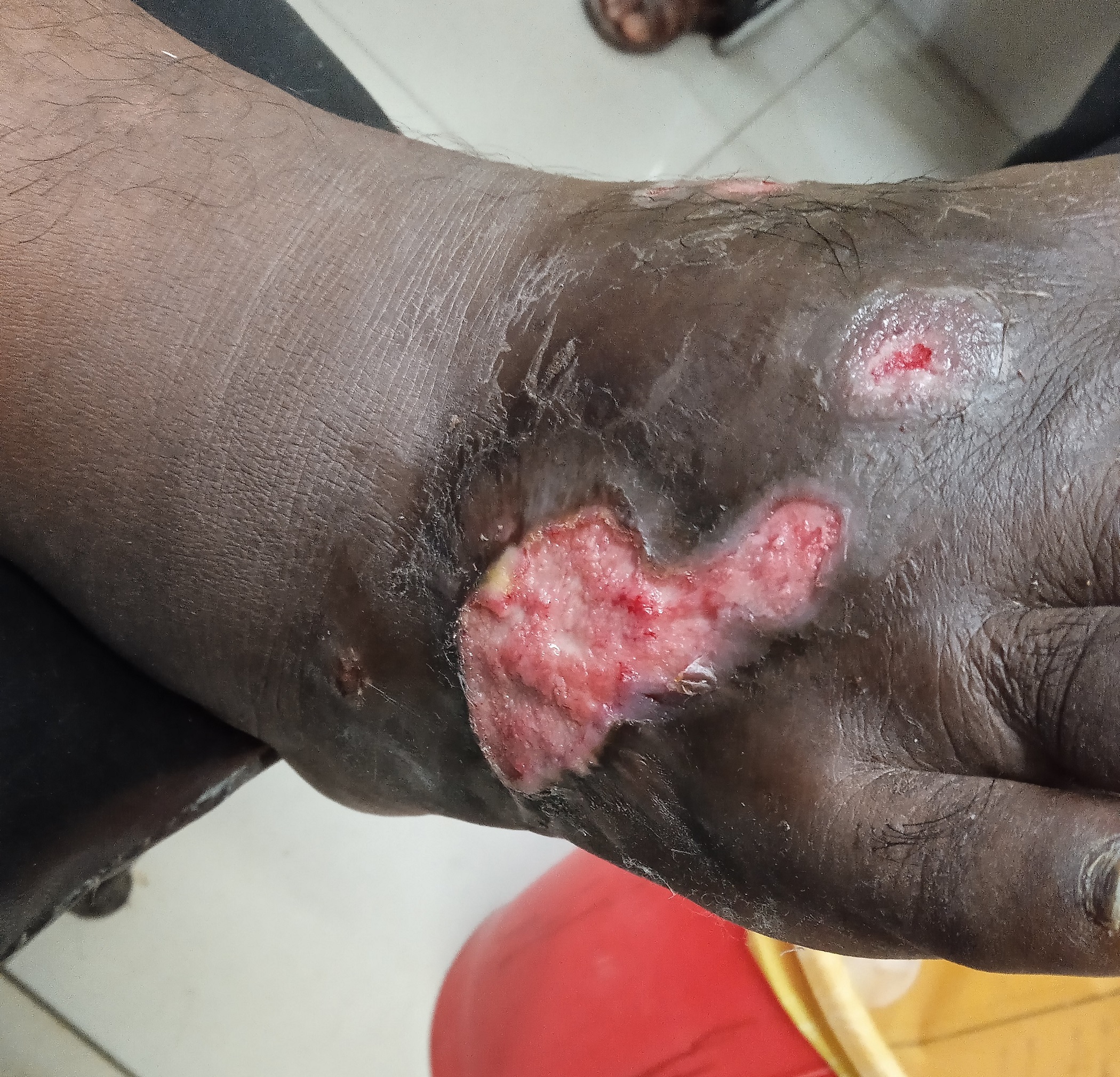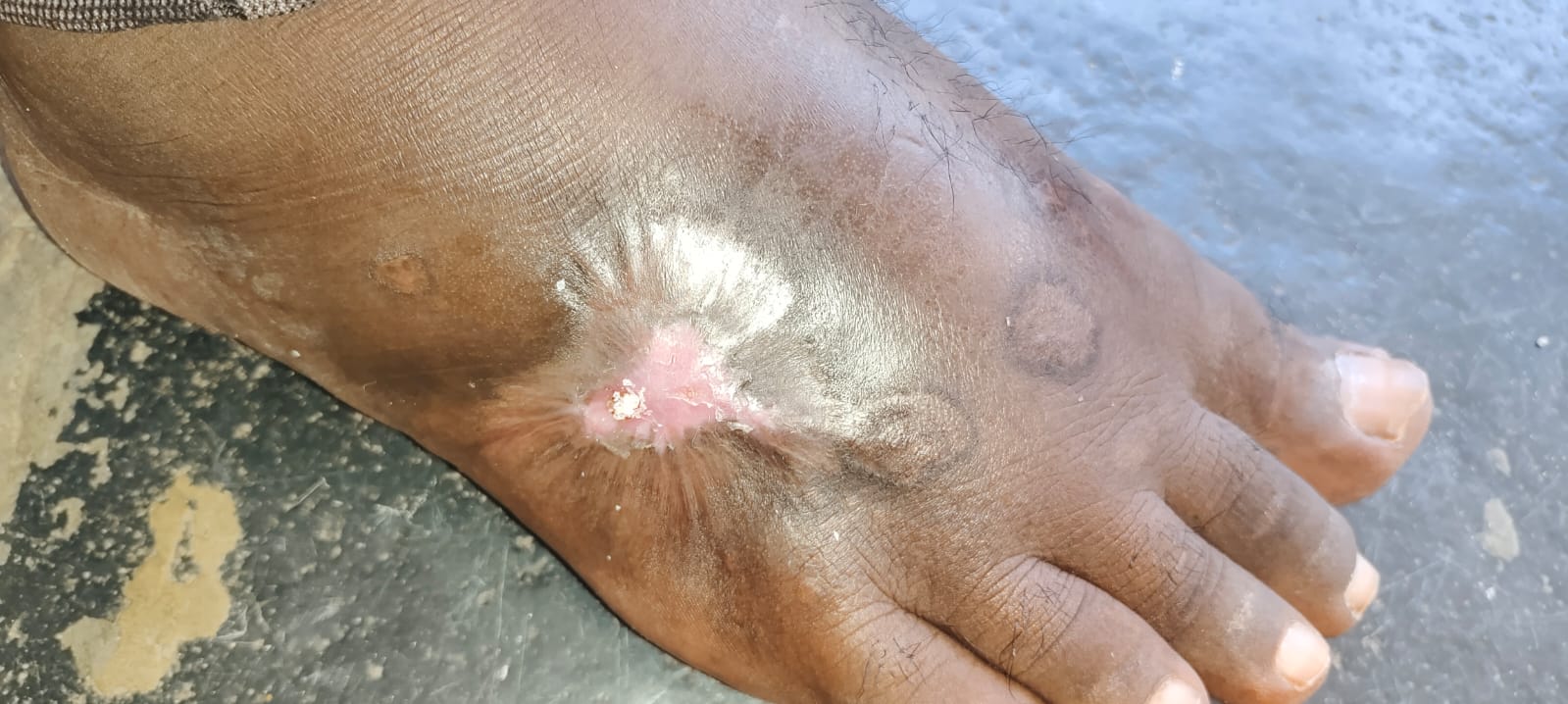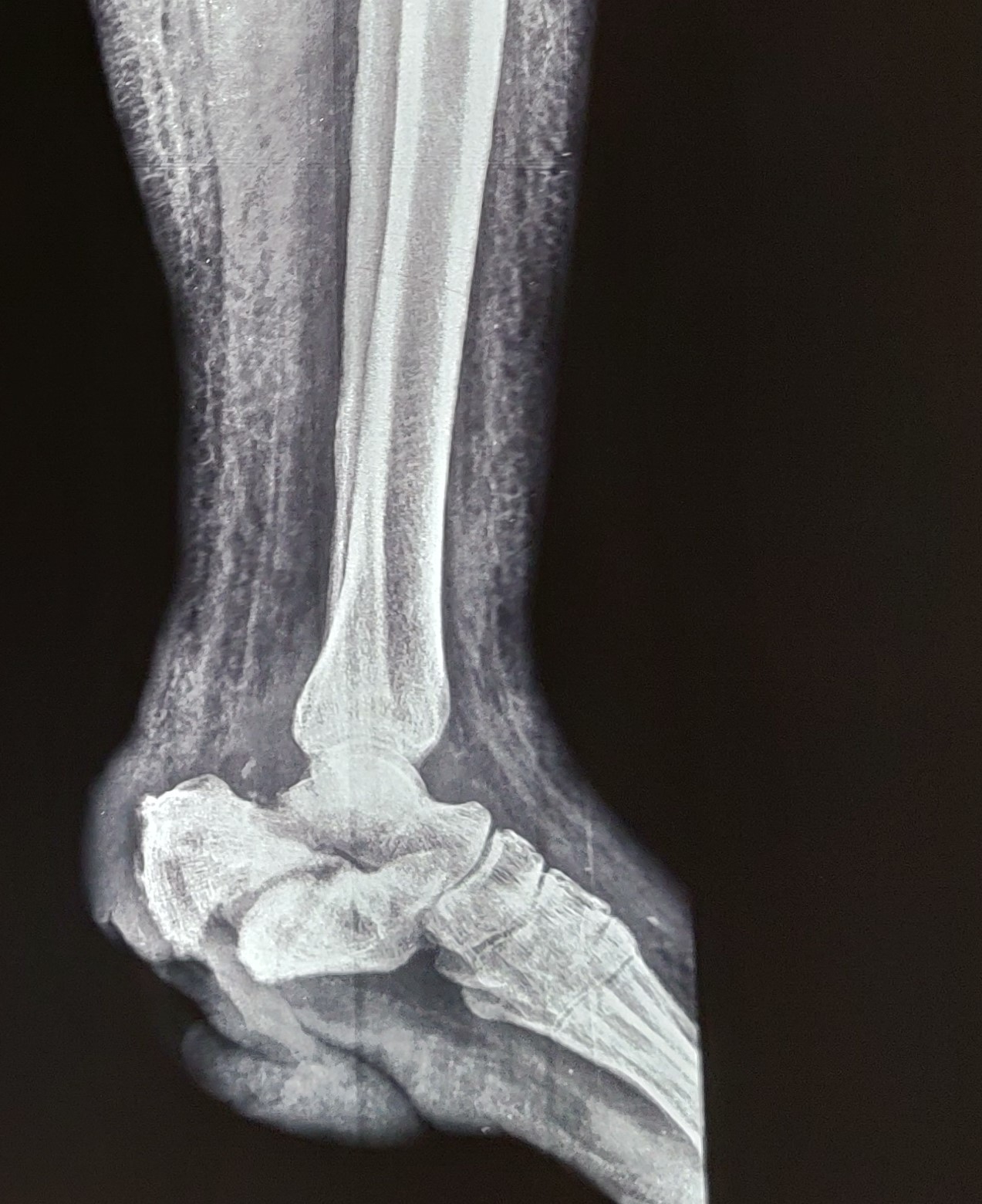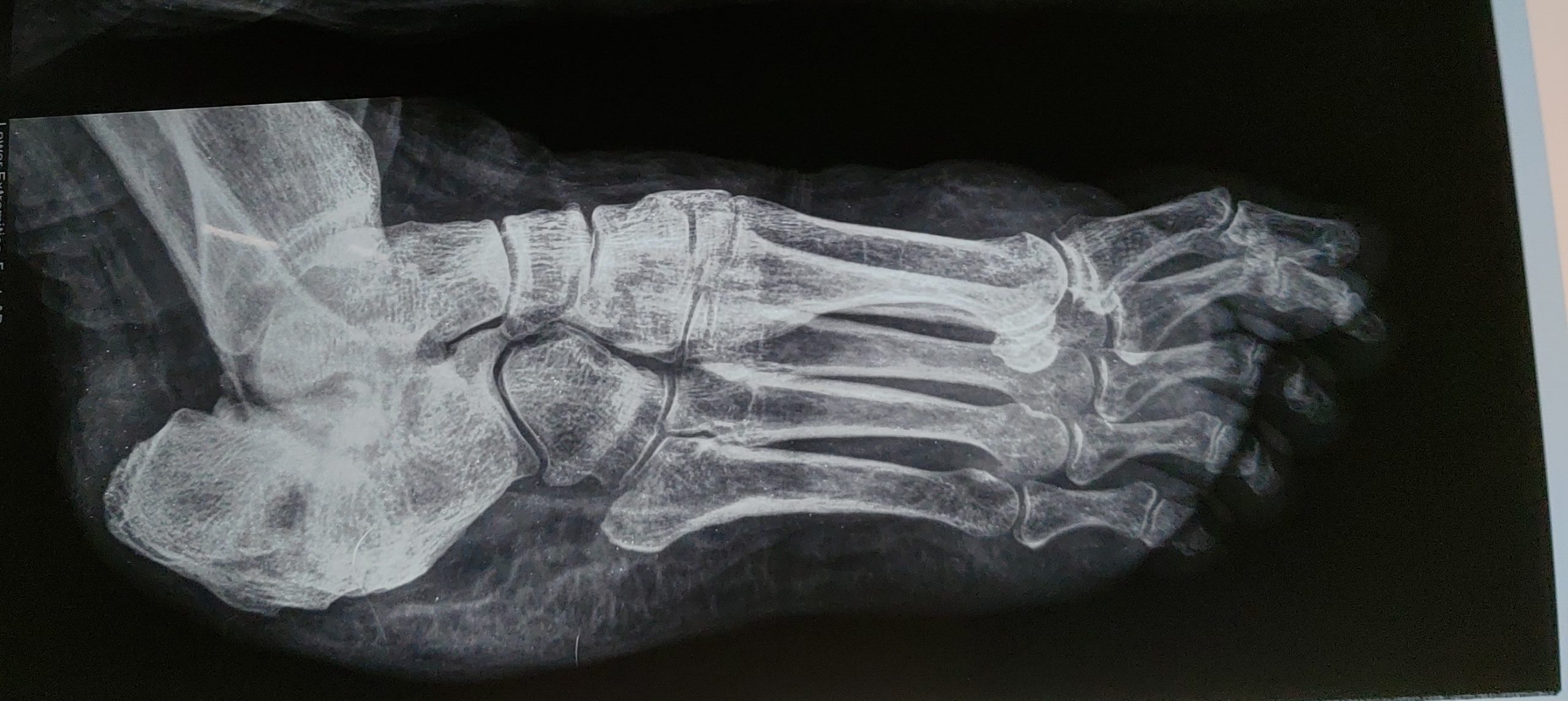SAVE LEGS DIABETIC FOOT CLINIC & WOUND CARE CENTRE
THE CENTER FOR COMPREHENSIVE CARE FOR LOWER LIMB( LEG) PROBLEMS
Introduction To Problems Of The Lower Limb
AREA OF NEGLECT
The foot has been a highly neglected area of the body . More so in India where walking bare feet is very common and protecting our feet is not usually considered necessary.
The sad reality however is that India also happens to be the diabetes capital of the world and the neglect of the feet can have devastating effects on the overall health of diabetics.
WHY ARE DIABETICS AT RISK FOR FOOT ULCER ?
Diabetes raises sugar levels in the blood. This causes blockage of the blood vessels of various parts of the body and of the nerves. So diabetics have no sensation(Neuropathy) in their legs & feet, the blood supply to the feet is reduced and they have a reduced capacity to fight infections.
WHAT ARE THE CONSEQUENCES OF ACQUIRING A FOOT INFECTION ?
The slightest injury like a pin prick, scratch etc can increase within hours to days without the patient realising it till, it is too late and this leads to amputations or in many cases to infection in the blood and death
WHY ARE FOOT ULCERS DIFFICULT TO TREAT ?
For the same reasons, namely diabetic neuropathy, reduced blood supply and reduced capacity to fight infections. With neuropathy the patient has no feeling and is unable to feel pain. So he keeps walking on a injury or small wound or beginning infection, till the infection or injury becomes limb or life threatening.
HOW IS THIS TREATMENT SPECIALIZED ?
This treatment is specialized because it has a comprehensive approach towards treatment and prevention of foot problems. Its like this, suppose you have a fever and you are diagnosed with malaria. Then till you treat the malaria, the fever is not going to subside. Similarly in case of the diabetic foot, in case you have a foot infection and a reduced blood supply, you will agree that simply giving antibiotics is not going to work as the antibiotic is not going to reach the affected area in adequate concentration. So till you increase the blood supply along with the antibiotic, the treatment cannot succeed. Similarly there are numerous situations in Diabetics where Multi Modality treatment is required to treat the condition.
WHY DO I NEED A DOPPLER AND WHEN WOULD I NEED AN ANGIOGRAM ?
A Color Doppler scan of the leg confirms the degree of damage to the blood vessels of the leg and what treatment would be appropriate in such a condition. An Angiogram of the lower limb is only contemplated in case the treatment protocol has to change. However nowadays with the advanced wound care techniques available, most patients with diabetic foot problems do not undergo vascular bypass or angioplasty, and therefore angiograms are done only in select cases.
WHY GO FOR SURGERY ,WHY NOT ONLY MEDICINES ?
The treatment is multipronged. I normally give medicines followed by surgery (if required). However in cases with pus in the leg, surgery is needed to remove the focus of infection. However surgery is not the be all and end all, it is followed by medical treatment and advanced wound care to heal the foot/leg.
Also all infections with open wounds are cultured for bacteria and other micro organisms and appropriate treatment given.
WHAT IS ADVANCED WOUND CARE ?
Advanced Wound Care is the use of various modalities like Hyperbaric oxygen, Negative Pressure Wound Therapy, Advanced dressings like Silver films, colloids, Growth Factors etc to achieve closure of wounds.
It differs from traditional/conventional dressings – with gauze, iodine solutions(Betadine etc.), hydrogen peroxide – in that it takes into account all other conditions and does not damage healthy tissues and actually helps wounds to close. You might have heard of patients suffering from wounds for years on end.
Advanced Wound care modalities help in healing such wounds.
WHAT IS THE ROLE OF CUSTOMIZED FOOTWEAR ?
Customized diabetic footwear which is provided by the Save Legs Diabetic Foot Clinic, is made from advanced materials like Microcellular rubber, Plastazote, Silicon etc, with multi layer insoles and it also incorporates metatarsal bars, wingpads etc or any other modification needed so as to reduce the pressure on the affected part of the foot. Moulded insoles are also made for better reduction in pressure.




